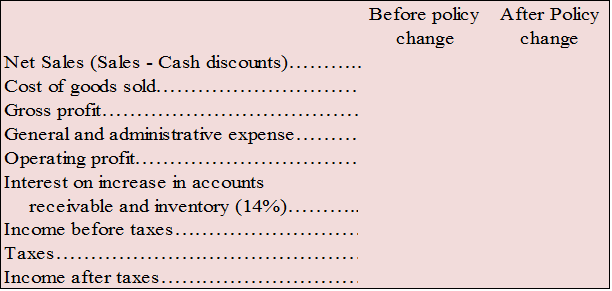Solution-How glycogen levels would be affected
When adrenaline binds to adrenergic receptors on the surface of a muscle cell, it activates a G protein, initiating an intracellular signaling pathway in which the activated ? subunit activates adenylyl cyclase, thereby increasing cAMP levels in the cell. The cAMP molecules then activate a cAMP-dependent kinase (PKA) that, in turn, activates enzymes that result in the breakdown of muscle glycogen, thus lowering glycogen levels. You obtain muscle cells that are defective in various components of the signaling pathway. Referring to Figure Q16-29, indicate how glycogen levels would be affected in the presence of adrenaline in P the following cells. Would they be higher or lower than in normal cells treated with adrenaline?
A. cells that lack adenylyl cyclase higher
B. cells that lack the GPCR higher
C. cells that lack cAMP phosphodiesterase lower
D. cells that have an ? subunit that cannot hydrolyze GTP but can interact properly with the ? and ? subunits lower

